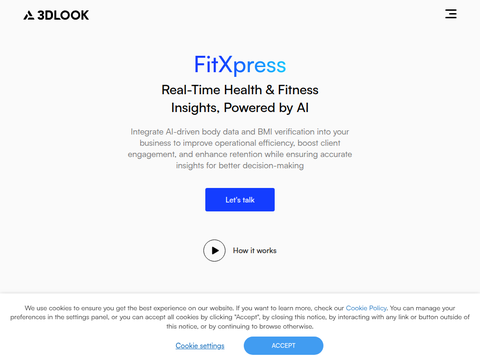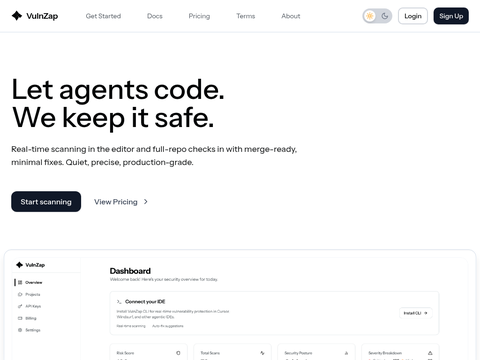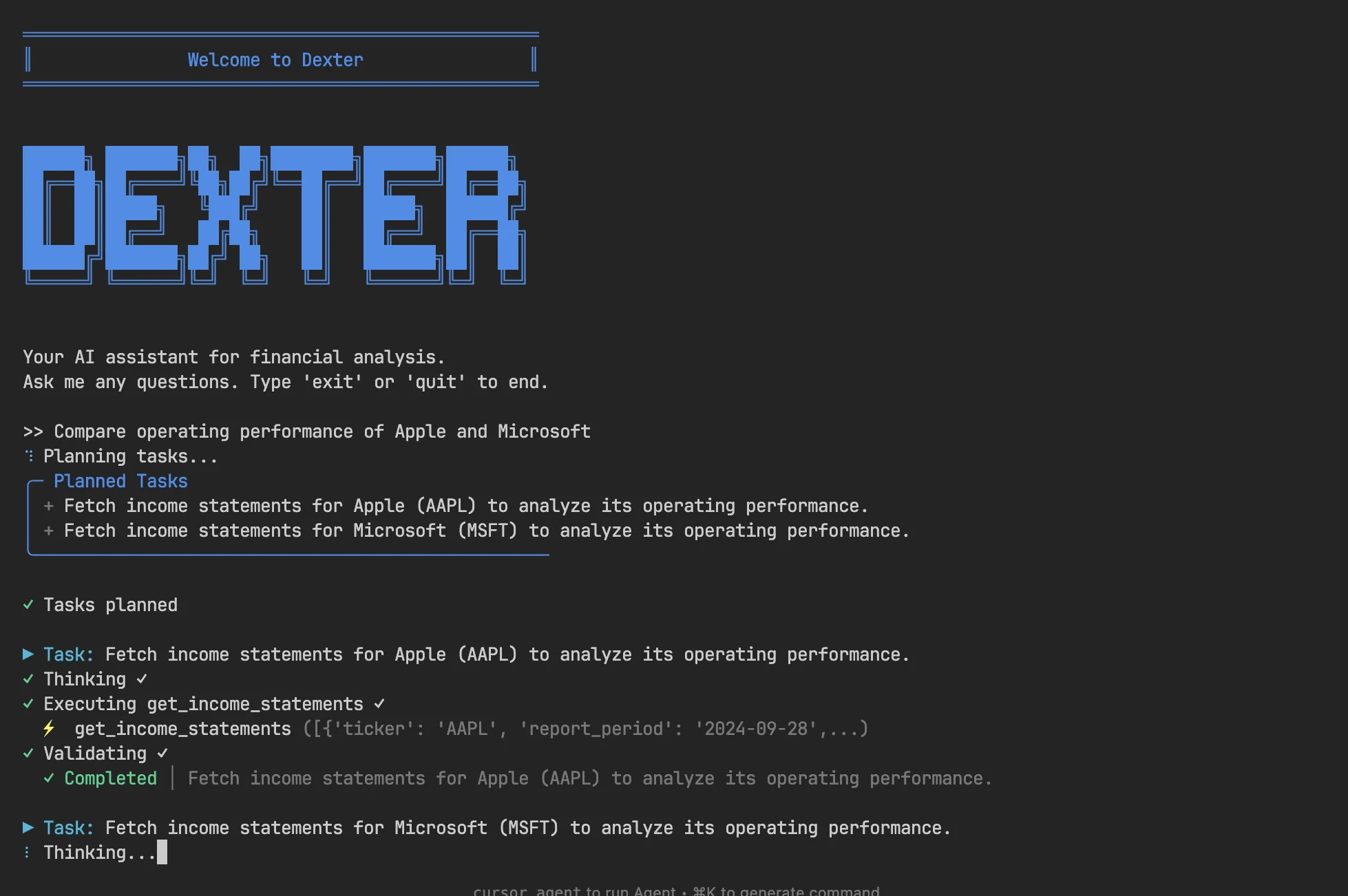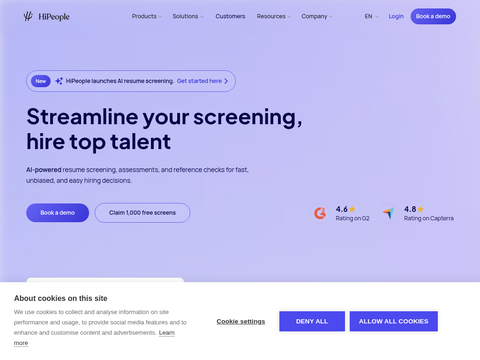OpenAI has initiated testing of a new safety routing system, which was trialed over the weekend within ChatGPT. Shortly after, on Monday, the company launched parental control features—eliciting mixed reactions from users.
The introduction of these safety mechanisms follows several incidents where certain ChatGPT models reportedly supported user delusions instead of steering conversations away from harmful topics. OpenAI is currently facing a wrongful death lawsuit tied to one such incident, involving a teenager who reportedly took his own life after months of interaction with ChatGPT.
This new routing system is designed to identify emotionally sensitive conversations and automatically switch to the GPT-5 model during the interaction. OpenAI believes GPT-5 is best suited for handling high-risk safety scenarios. Specifically, the GPT-5 model has been trained with a new safety feature termed “safe completions,” enabling it to respond to sensitive inquiries in a responsible manner rather than simply refusing to engage.
This represents a shift from the company’s earlier chat models, which were designed to be accommodating and quick to respond. GPT-4o had particularly drawn attention due to its notably agreeable and personable nature—both a source of concern in AI-induced delusion cases and a reason for its popularity among users. When OpenAI made GPT-5 the default model in August, many users resisted and requested continued access to GPT-4o.
While many experts and users have praised the enhanced safety features, others have criticized their overly cautious implementation. Some users argue that OpenAI is treating adults like children, thereby compromising service quality. The company acknowledges that perfecting this system will take time and has set a 120-day window for further iterations and improvements.
Nick Turley, Vice President and Head of the ChatGPT app, admitted that the deployment and explanation of the router have caused “strong reactions,” particularly from GPT-4o users.
“Routing decisions are made on a per-message basis; switching from the default model is temporary,” Turley stated on X. “ChatGPT will inform you which model is in use when asked. This is part of a broader initiative to enhance safety and learn from real-world usage ahead of a wider rollout.”
Similarly, the parental control features in ChatGPT have received both commendations and concerns. Some users praised the tool for giving parents a way to monitor their children’s AI usage, while others expressed worry that it could normalize treating adult users as minors.
These controls allow parents to customize the experience for teenagers by setting quiet hours, disabling voice mode and memory, removing image generation capabilities, and opting out of model training. Teen accounts will also benefit from enhanced content protections—such as reduced exposure to violent material and extreme beauty standards—as well as a detection system aimed at identifying potential self-harm ideation.
“If our system detects potential harm, a specially trained small team will review the case,” according to an OpenAI blog post. “If there are signs of acute distress, we will reach out to parents via email, SMS, or push notifications, unless they have opted out.”
OpenAI acknowledges the system isn’t flawless and may occasionally flag situations without real danger, “but we believe it’s better to act and alert parents so they can intervene than to remain silent.” The company also mentioned that it is exploring protocols to contact law enforcement or emergency services if an imminent threat to life is detected and parental contact is not possible.








